Reviewed by Corey Noles
What you need to know:
Retroid Pocket Flip 2 owners are reporting analog stick drift issues similar to the original Flip
The device uses potentiometer-based analog sticks instead of drift-resistant Hall Effect technology
During our three-week testing period, drift symptoms appeared after approximately 45 hours of gameplay
While the hinge design was improved, the analog sticks remain "uncomfortable in certain contexts and not sensitive enough in others"
Retroid recently acknowledged unfixable hardware issues with their Pocket Mini, raising concerns about quality control
The Retroid Pocket Flip 2 was supposed to fix the original Flip's problems. Better hinge, same great performance as the Pocket 5, clamshell convenience—what could go wrong? After spending three weeks with the device, we're seeing the same drift issues that plagued the original surface all over again.
Reports are surfacing across gaming forums about stick drift appearing on relatively new Flip 2 units. It's the same phantom movement issue that plagued controllers for years, where your character drifts even when you're not touching the stick. During our testing, we first noticed subtle drift symptoms during precision platformers around the 45-hour mark—right when you're getting comfortable with the device.
Why clamshell designs make this worse
Here's the thing about analog stick drift: it's not a matter of if but when it will start to happen with traditional potentiometer-based sticks. The Flip 2, like most budget handhelds, still uses these older components instead of the more expensive Hall Effect alternatives.
But clamshell designs face a unique challenge. Every time you open or close the device, those analog sticks endure additional stress from the shifting weight distribution and the natural grip adjustments you make. Think of it like constantly flexing a paperclip—the repeated motion accelerates wear on the internal contact points that measure stick position.
Hall Effect sticks use magnets and electrical conductors to measure voltage, making them "far more resistant to stick drift over time." Even budget controllers like the $50 8BitDo Ultimate 2.4G now include Hall Effect sticks, which makes their absence on a $200+ handheld feel like a significant oversight.
A pattern of cost-cutting on hidden components
The stick situation becomes more concerning when you view it through the lens of Retroid's recent track record. The company just admitted that their Pocket Mini suffers from unfixable screen scaling issues caused by hardware problems they can't patch.
The Mini situation reveals a troubling pattern: Retroid prioritizes obvious features like gorgeous AMOLED displays while cost-cutting on hidden components like display drivers—and potentially analog sticks. After initially limiting returns to just 200 units, Retroid eventually opened unlimited returns and invested $1 million in developing a new AMOLED screen for a follow-up device. The CEO even "mortgaged his own properties to secure a bank loan" to fund the fix.
Meanwhile, reviewers note that the Flip 2 still has a "cheap overall feeling" with "smudgy and squeaky plastic coating" on certain color variants. This suggests the same cost-optimization philosophy that led to the Mini's problems may have influenced analog stick selection on the Flip 2.
Your realistic repair timeline and options
When drift inevitably strikes your Flip 2, you have several immediate remedies. Try recalibrating your sticks first—it's a quick fix that sometimes helps. You can also try "compressed air, contact cleaner, or a dab of isopropyl alcohol" depending on what's causing the issue.
For a permanent solution, you'll need to crack open the device and replace the sticks entirely. Some users have reported success replacing the whole stick with PS Vita components, though this voids your warranty and requires steady hands.
The silver lining? Drift that occurs within the standard one-year warranty period should be covered by manufacturer repair, assuming Retroid honors their warranty commitments. Given their response to the Mini crisis, they seem committed to standing behind their hardware—eventually.
Should you still buy the Flip 2?
The Flip 2 isn't a bad handheld—it's "identical to the Pocket 5 in every way except the design" with that gorgeous 5.5-inch AMOLED display and solid Android 13 performance. For gamers who prioritize portability and protection, the clamshell design offers genuine benefits for backpack gaming and commuter sessions.
But the stick drift reality changes the value equation. If you're someone who plays demanding platformers or fighting games where precise analog input matters, those comfort issues become deal-breakers much faster. Conversely, if you're mainly running turn-based RPGs or puzzle games, you might never notice drift developing.
The Flip 2 remains one of the "best sub-$250 Android handhelds" available, but factor analog stick replacement into your long-term ownership costs. For casual retro gaming, it's still a solid choice. For precision gaming marathons, you might want to wait for manufacturers to finally embrace Hall Effect technology across the board.
PRO TIP: If you're comfortable with eventual repairs, the Flip 2 offers excellent value knowing you can upgrade to better sticks later. If you want something that "just works" for years without maintenance, consider waiting for the next generation of handhelds with built-in Hall Effect sticks.




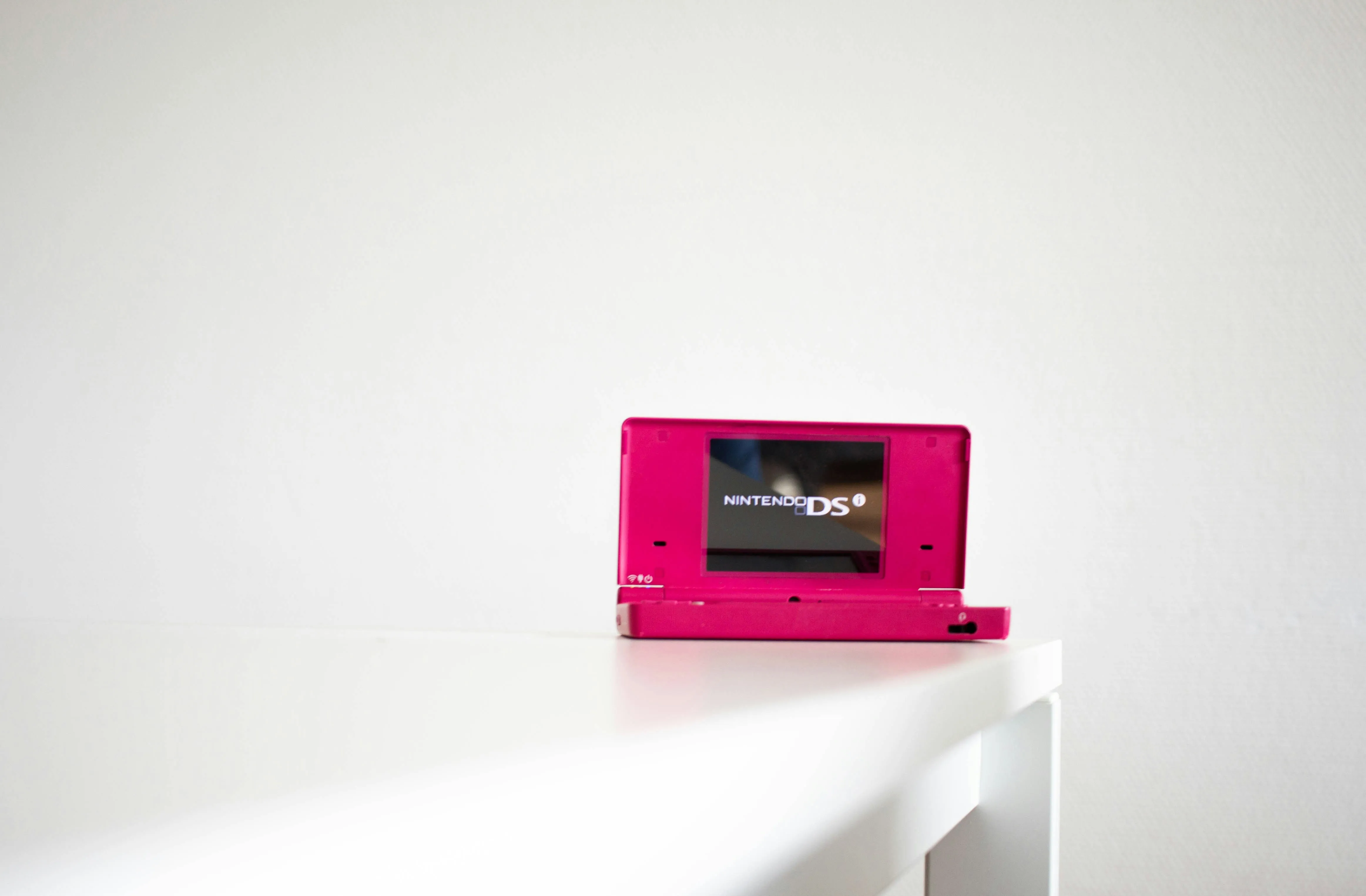
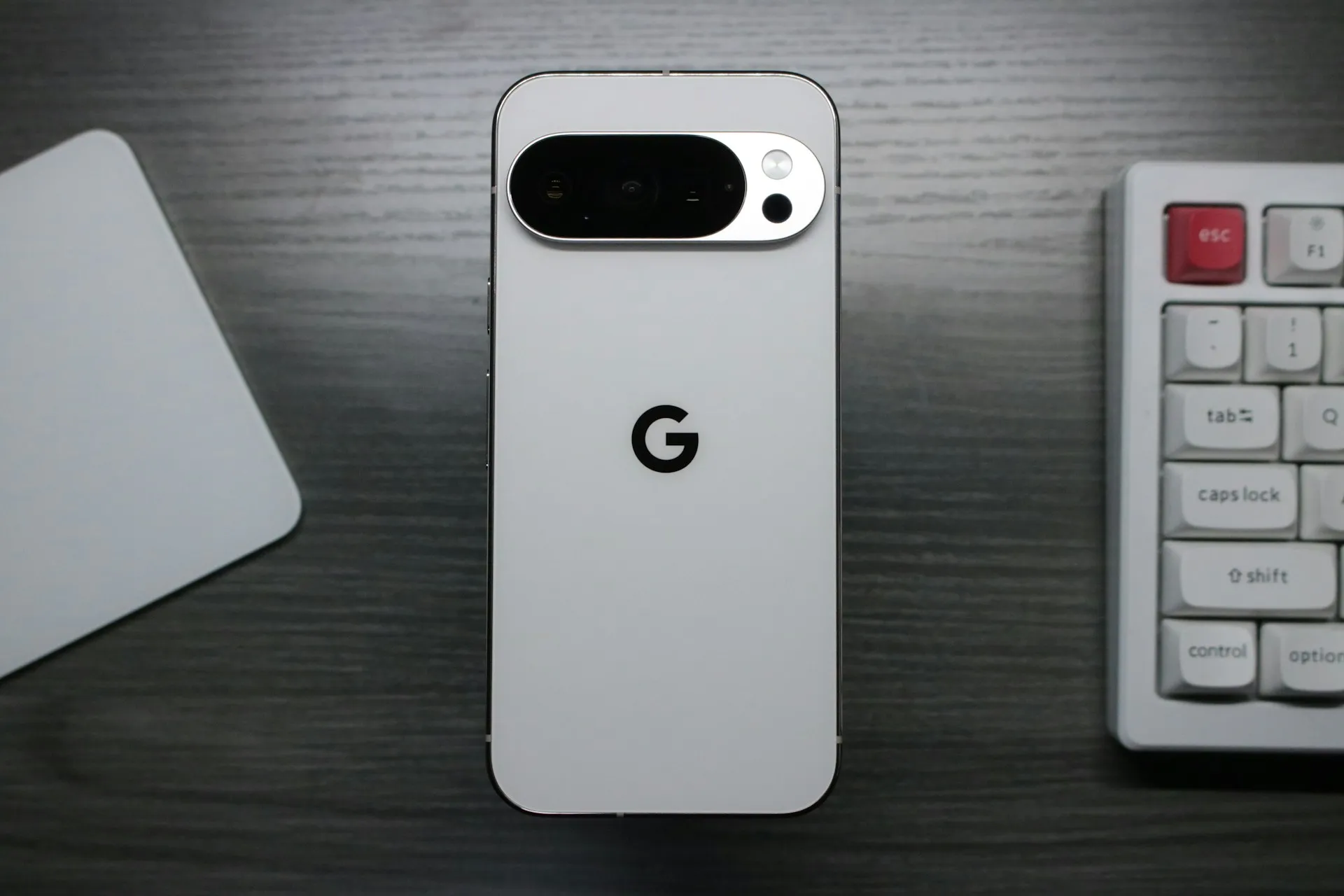
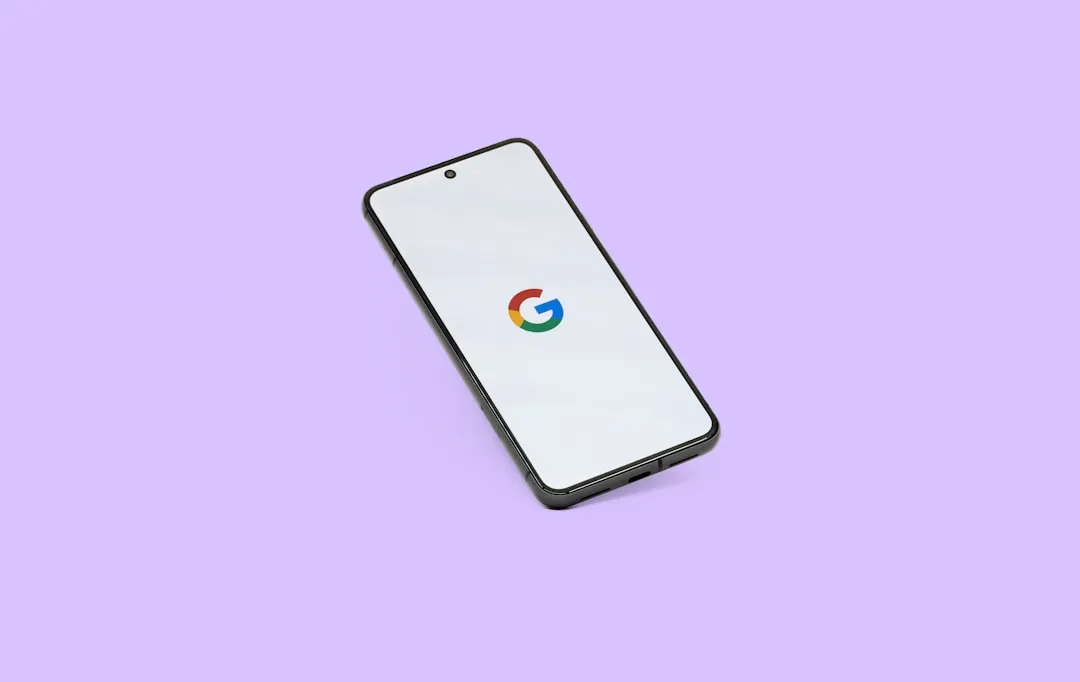

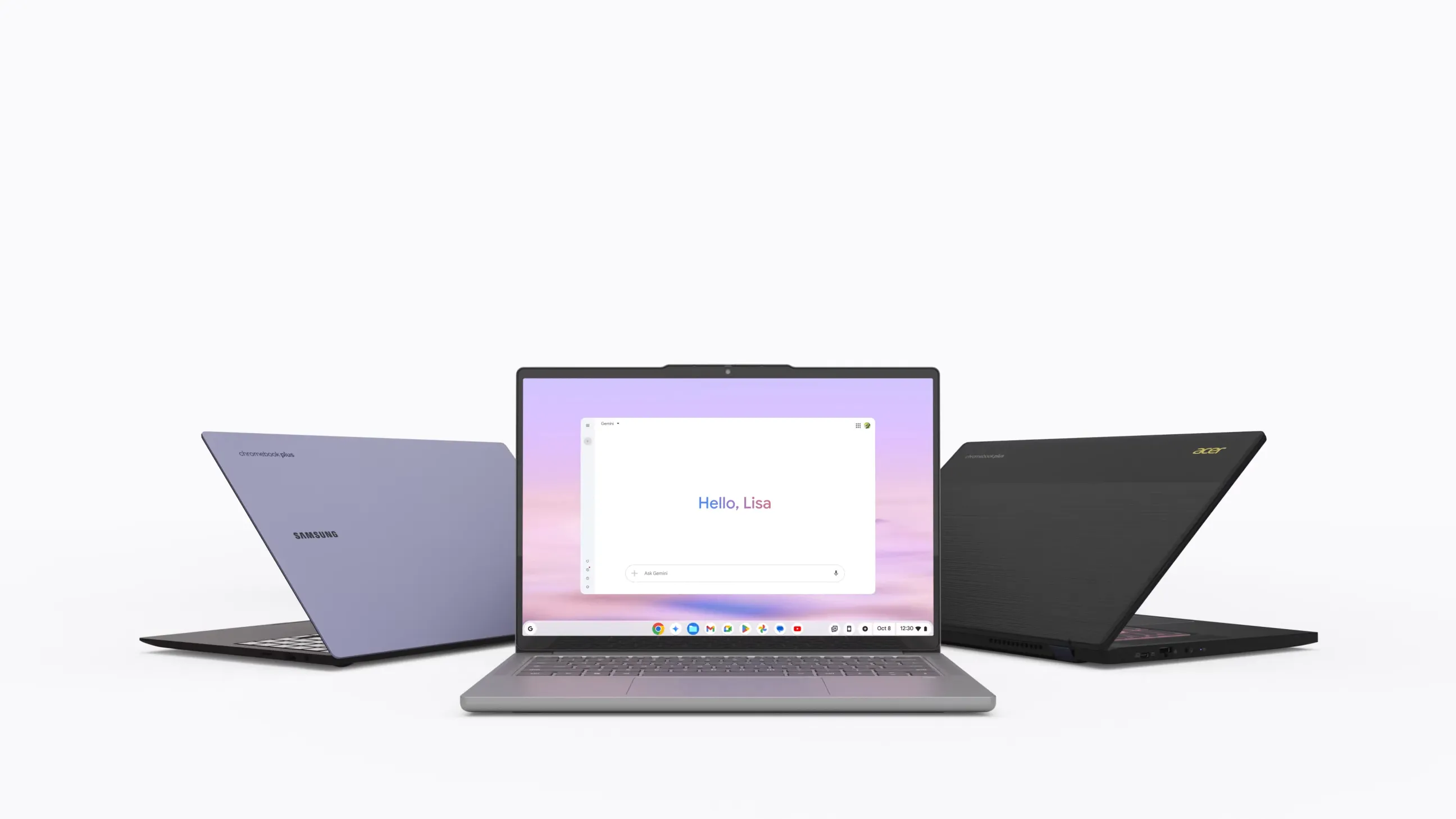

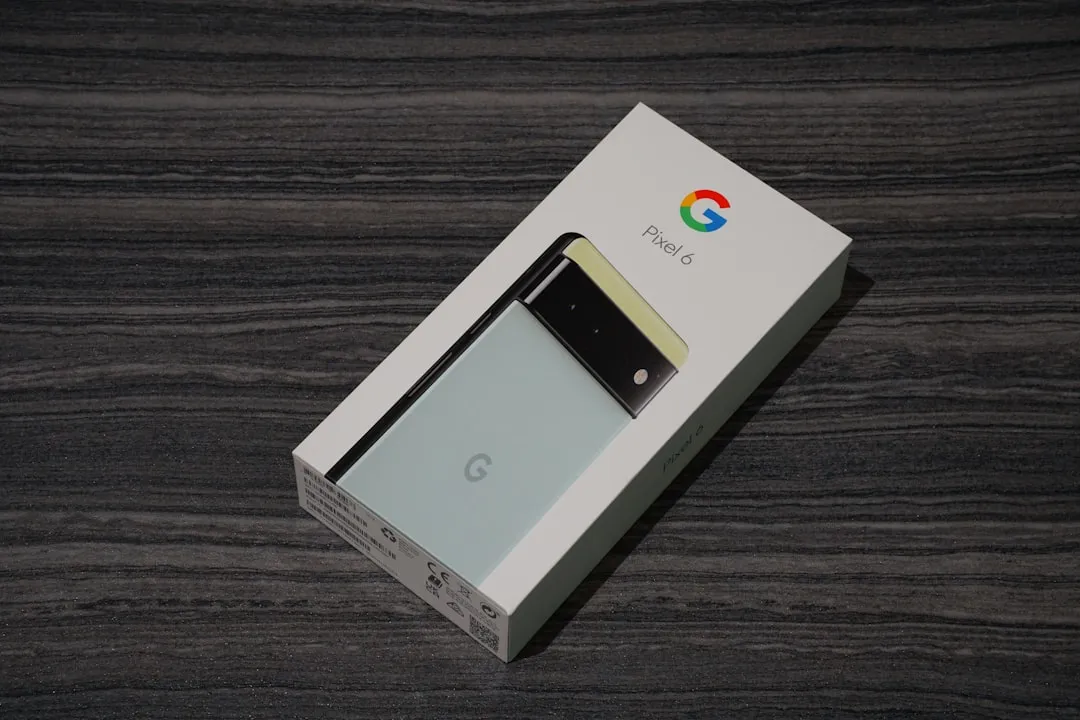
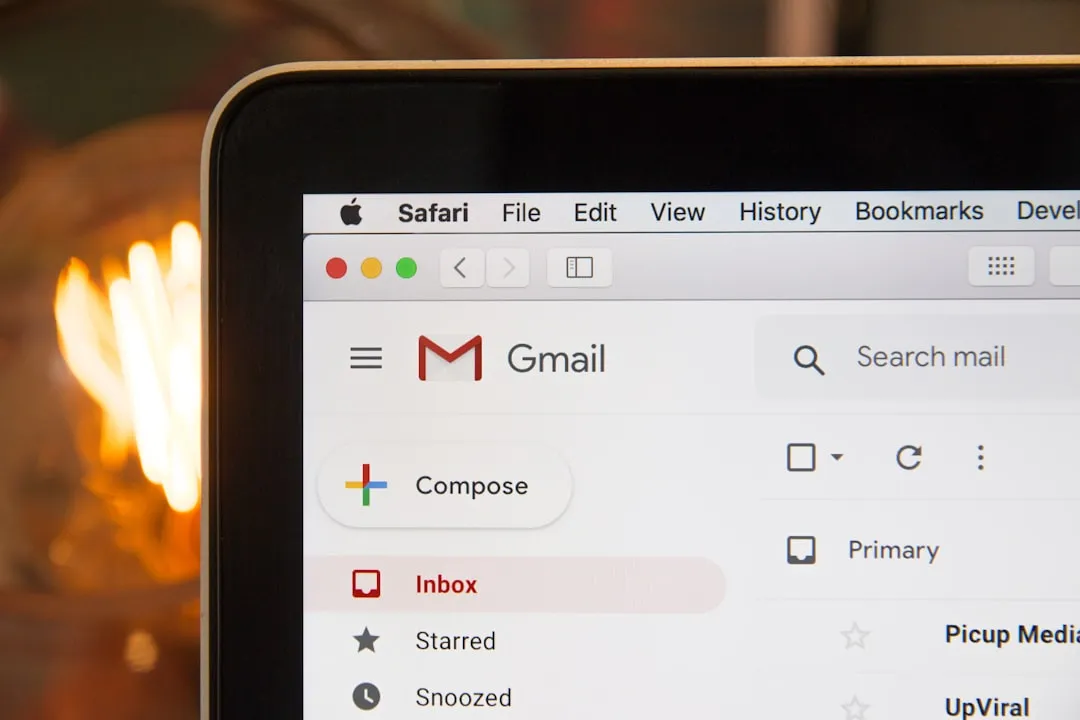
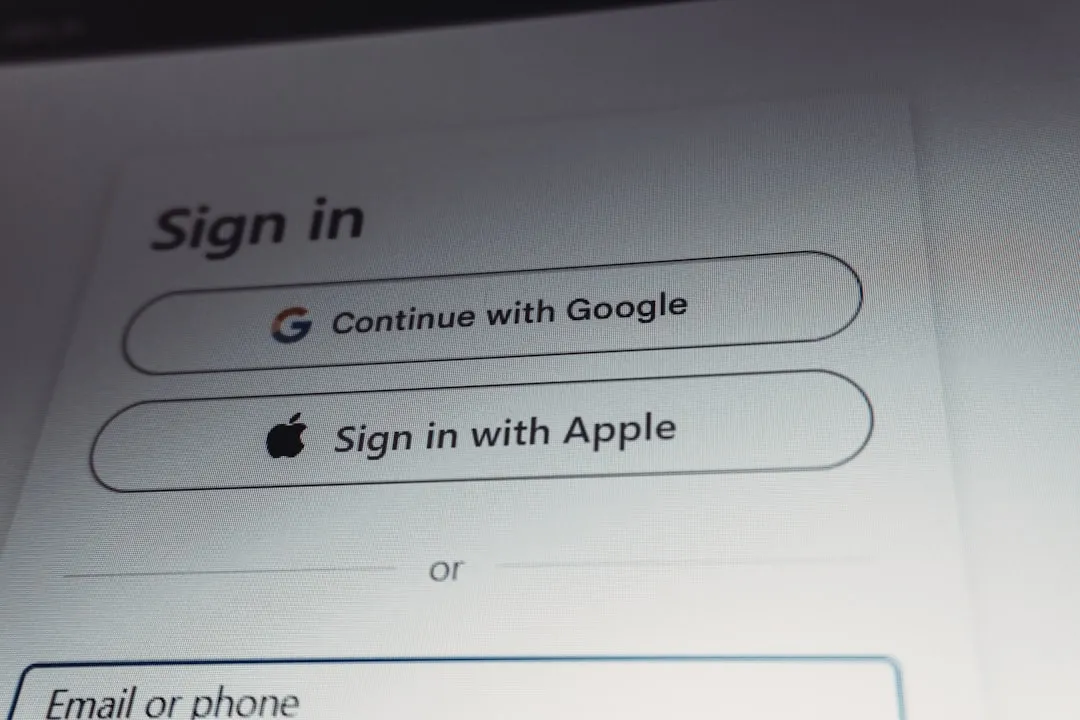
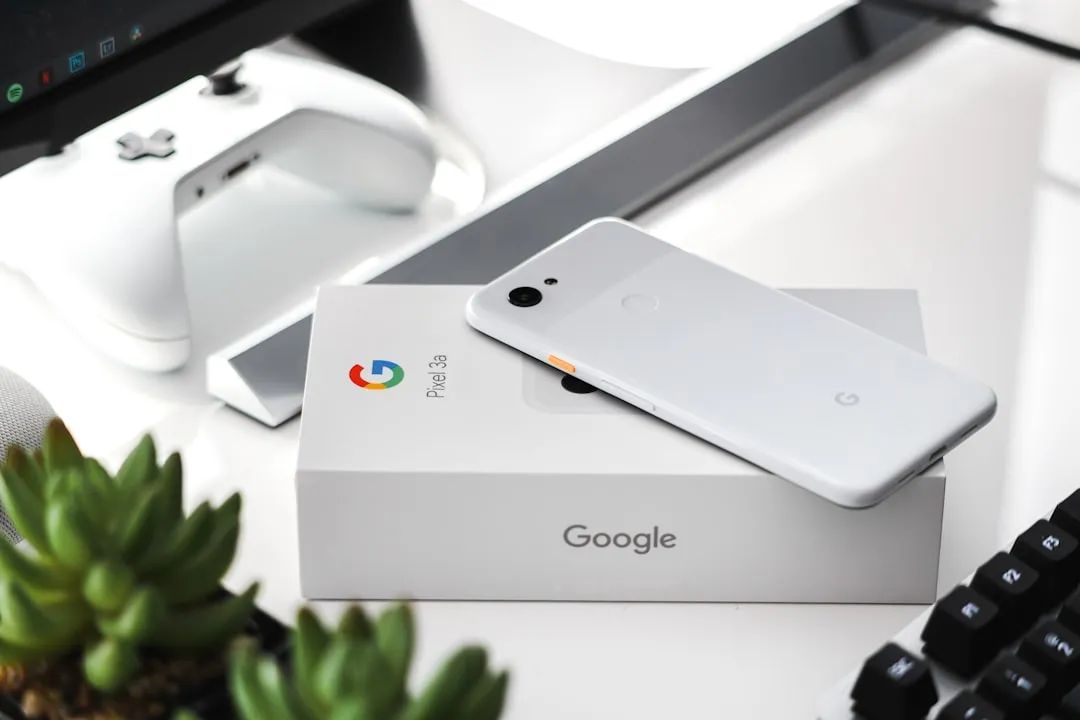

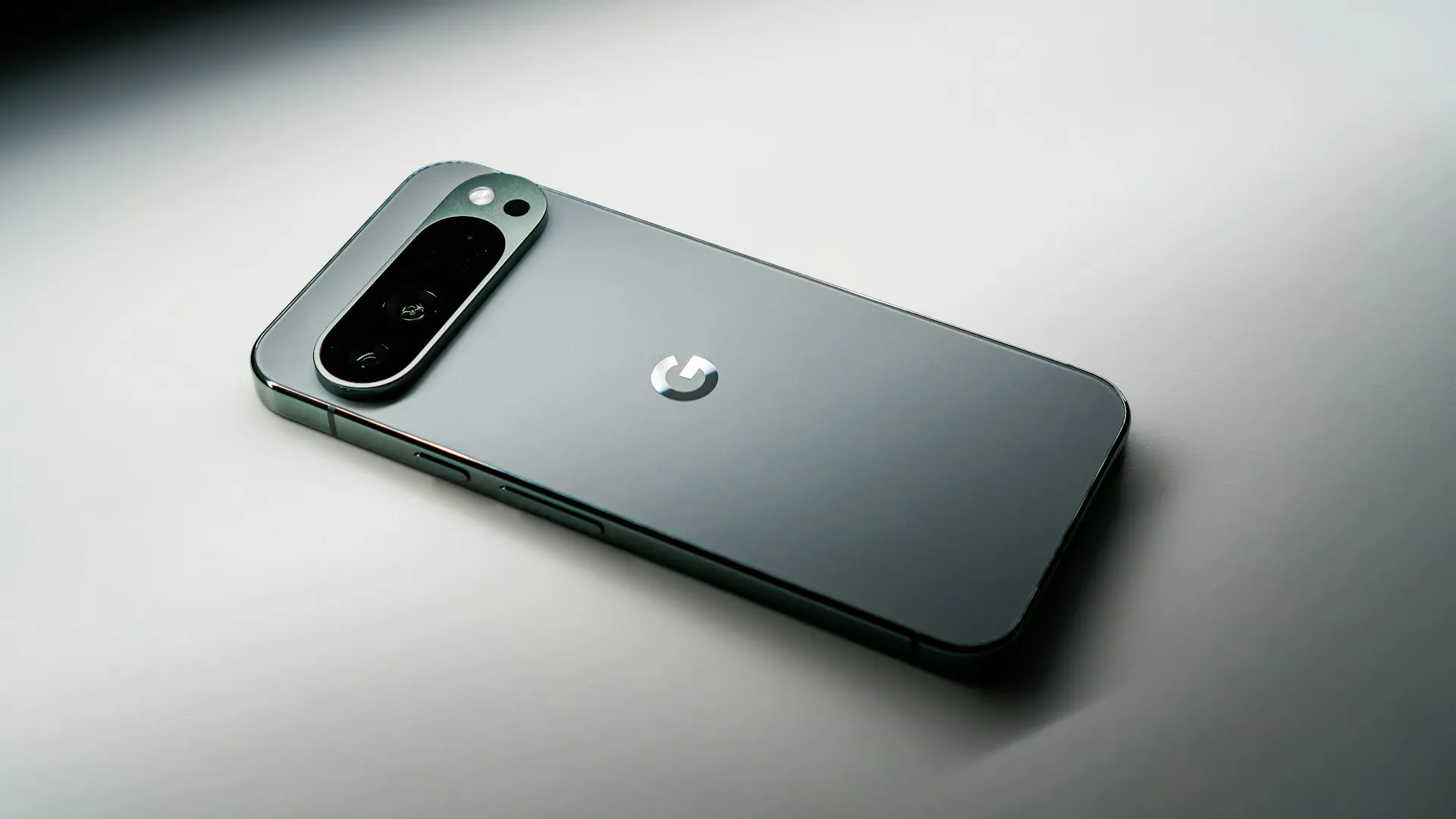



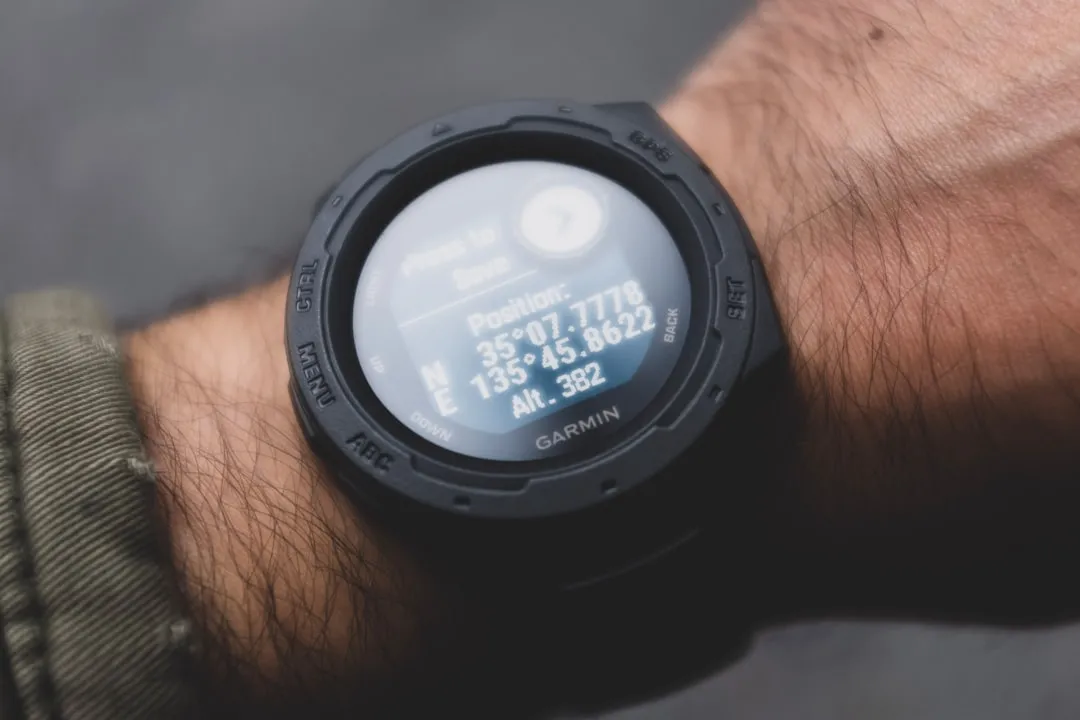
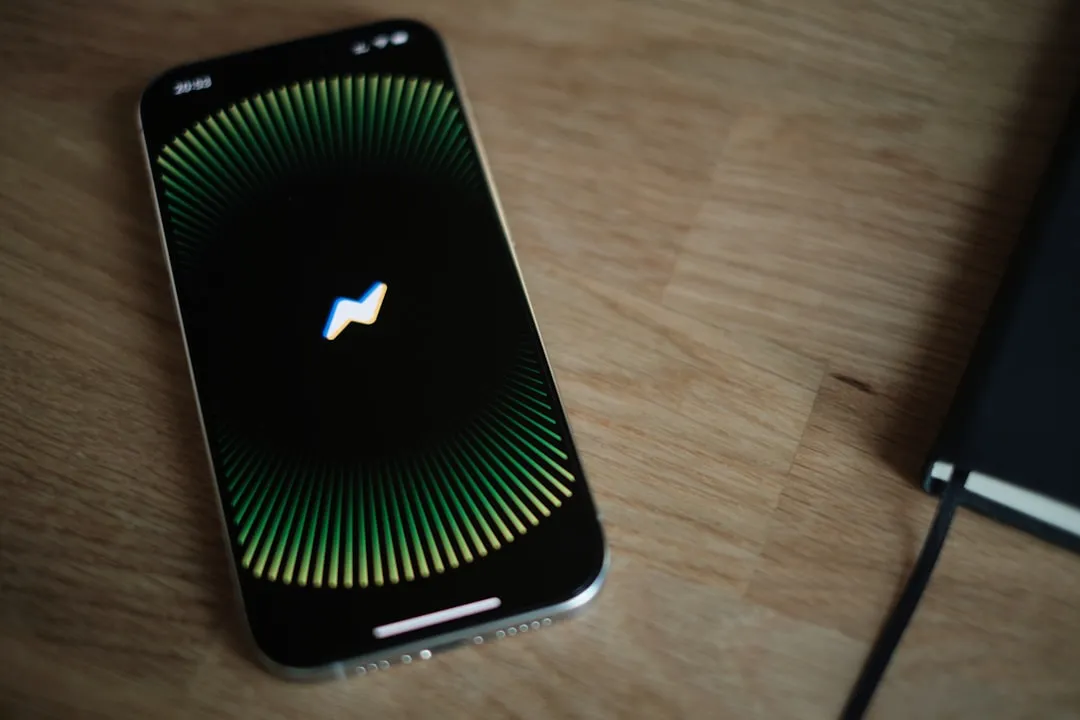

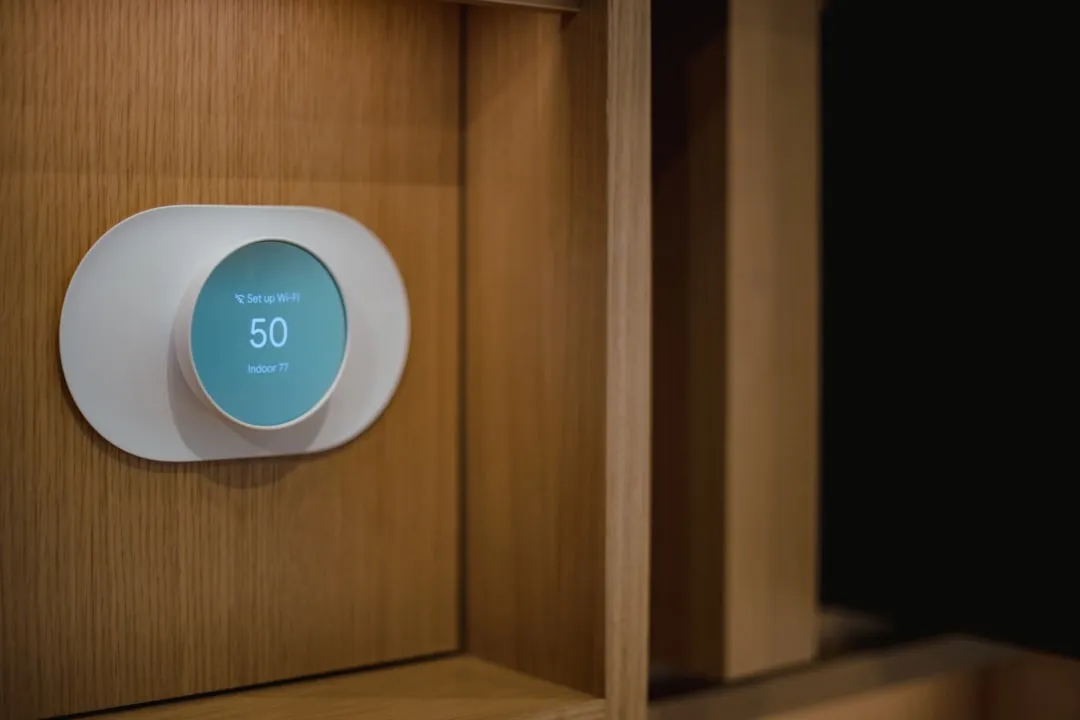

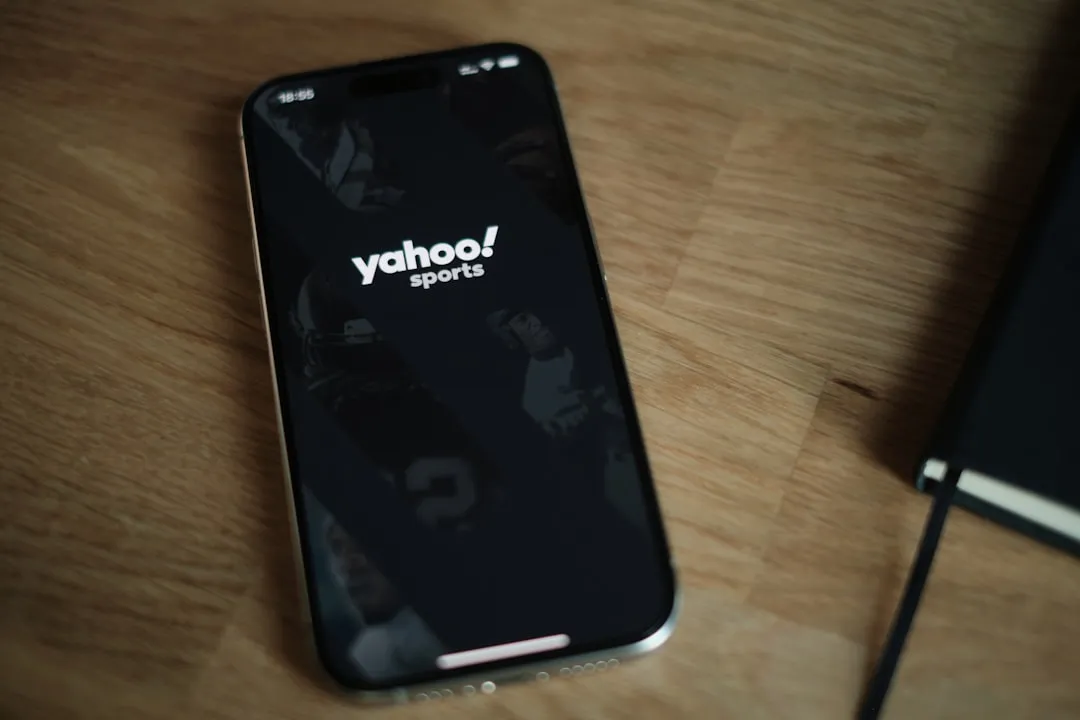
Comments
Be the first, drop a comment!